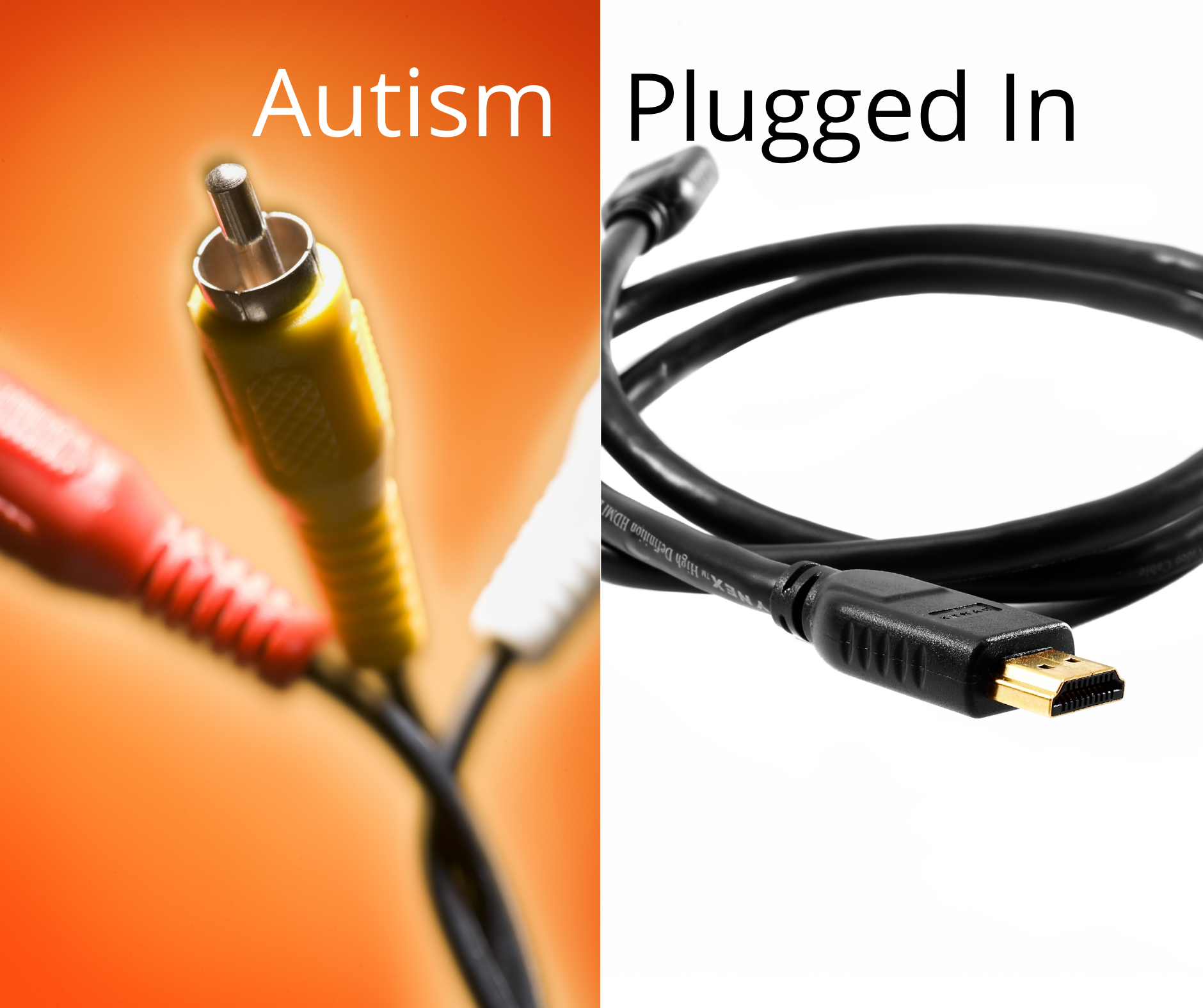
Autism Plugged-In: RCA wires in a HDMI World
- Post author:Christopher C
- Post published:September 11, 2020
- Post category:Mental Health
When some people think of autism they think of the characters like Dustin Hoffman in Rainman or the doctor in “The Good Doctor”.
These shows portray how the world views autism. Its not like these shows make fun of autism it’s just that they truly do not get it.
It shows that the general public has a misunderstanding on a very complicated disorder. We as providers are steady learning about this disorder, so there is no fault to be given to anyone. Man of Health wants to educate you on this complicated topic, so if you know someone who is autistic you can understand a little better.
What is Autism?
Autism is a disorder that has been around since the 40s. The disorder tends to be male dominant but it can affect any gender. In autism the processing and delivery of information is disordered. People who have autism generally only see details not the bigger picture.
I like to use the analogy of RCA wires and HDMI cords. Both wires have the ability to process information and deliver a clear picture, but RCA wires have to take information in a little slower. RCA wires may also deliver an unclear picture.
What causes autism?
To be honest the causes are unknown. There are theories about some of the causes of autism.
We do know that genetics play a role in up to 50% of the cases.
What does not cause autism?
- Mercury preserve in vaccinations. Thimerosal is used to prevent bacterial growth in vaccines and there are many studies that show it does not cause autism.
- The MMR (measles, mumps, and rubella) vaccine. This vaccine is typically given to children starting at 12 months old.
Why is it called Autism Spectrum Disorder?
We call it the Autism Spectrum Disorder because people can be found at all levels of the disorder.
There are 4 separate diagnosis that have been placed into the one main diagnosis.
A. Autistic disorder: This is the classic childhood autism. These children may have a hard time functioning as adults.
B. Asperger Disorder: These people may have issues with social interaction. They prefer to have their space. They may be more clumsy. They may also hypersensitivity to loud sounds or bright lights. They may pay close attention to details and have an ability to focus intensely.
C. Childhood disintegrative disorder: usually late onset 3 to 4 years of age. Child usually has no issues than the child may have regression. The child may forget developmental skills that were already learned. (Potty training and language skills)
D. Pervasive Developmental Delay: any autistic disorder that does not fit the above three.
Remember that people can have autism and it not be as severe.
Signs and symptoms:
Autism can be diagnosed as early as 18 months.
- Language skills deficit or any regression of language skills previously learned.
- Social skills impaired (does not make eye contact when name is called).
- The child may not be able to share attention with someone. (Child cannot look at something pointed to while someone else is also looking at it)
- Not able to pretend play
- Sensitive to loud sounds and bright lights
- Restricted interest (only interested in one item to play with at all times)
Here is a screening tool. Feel free to use it or share it
https://www.autismspeaks.org/screen-your-child
What to do if I think my child has autism?
This is a diagnosis that has to be made by a provider. It can be hard to determine normal childhood activities from that of autism. It is vital to have your child evacuated by a experienced provider.
Management of these children should begin early (before the age of 3) and will need many different providers:
- Speech pathologist (work with there speech)
- Audiologist (hearing issues)
- Developmental pediatrician
- Occupational therapist (helps with movements)
- Social worker (helps find the best programs for children)
- Support groups (Very very important to offer support to children and family)
Here is a link to autism society: Feel free to use it or share it
Click here for Link to Autism Society
FEEL FREE TO SHARE THIS ARTICLE WITH ANYONE WHO MAY NEED HELP UNDERSTANDING AUTISM.

Share via:



